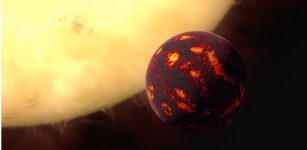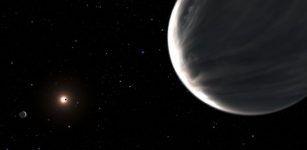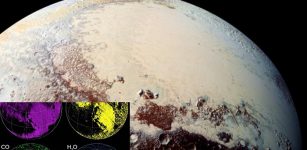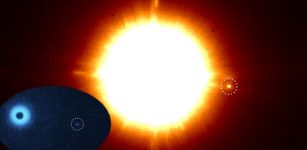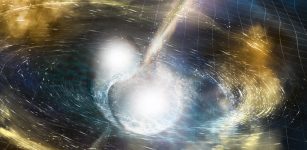Our Universe Has Become “Messier And More Complicated” – New Study
Eddie Gonzales Jr. – MessageToEagle.com – New research suggests our universe has become “messier and more complicated” over the roughly 13.8 billion years it’s been around, or rather, the distribution of matter over the years is less “clumpy” than it should be expected.
Image credit: StockSnap – Pixabay
“Our work cross-correlated two types of datasets from complementary, but very distinct, surveys,” says Mathew Madhavacheril, who participated in the research with Joshua Kim at the University of Pennsylvania and their collaborators at Lawrence Berkeley National Laboratory .
They found that for the most part, the story of structure formation is remarkably consistent with the predictions from Einstein’s gravity. We did see a hint for a small discrepancy in the amount of expected clumpiness in recent epochs, around four billion years ago, which could be interesting to pursue.”
Data from the Atacama Cosmology Telescope’s final release and the Dark Energy Spectroscopic Instrument’s Year 1, published in the Journal of Cosmology and Astroparticle Physics and on arXiv, allows a multidimensional view of the cosmos. Madhavacheril explains this data layering as stacking ancient cosmic photographs over recent ones.
“ACT, covering approximately 23% of the sky, paints a picture of the universe’s infancy by using a distant, faint light that’s been travelling since the Big Bang,” says first author of the paper Joshua Kim, a graduate researcher in the Madhavacheril Group. “Formally, this light is called the Cosmic Microwave Background (CMB), but we sometimes just call it the universe’s baby picture because it’s a snapshot of when it was around 380,000 years old.”
The path of ancient light through time hasn’t been straight, says Kim. Gravitational forces from dense structures like galaxy clusters warp the CMB, similar to how an image distorts through glasses. This “gravitational lensing effect,” predicted by Einstein over 100 years ago, helps cosmologists infer properties like matter distribution and age.
DESI’s data offers a recent view of the cosmos. Located at Kitt Peak National Observatory in Arizona and run by the Lawrence Berkeley National Laboratory, DESI maps the universe’s 3D structure by studying millions of galaxies, especially luminous red galaxies (LRGs). These act as cosmic landmarks, helping scientists trace matter distribution over billions of years.
“The LRGs from DESI are like a more recent picture of the universe, showing us how galaxies are distributed at varying distances,” Kim says, likening the data to the universe’s high school yearbook photo. “It’s a powerful way to see how structures have evolved from the CMB map to where galaxies stand today.
Madhavacheril states that integrating lensing maps from ACT’s CMB data with DESI’s LRGs offers a unique link between ancient and modern cosmic history, and allows comparison of early and late universe measurements. Described as a “cosmic CT scan,” it lets us examine different segments of cosmic history, tracking matter aggregation across epochs.
In doing so they noticed a small discrepancy: the clumpiness, or density fluctuations, expected at later epochs didn’t quite match predictions. Sigma 8 (s8), a metric that measures the amplitude of matter density fluctuations, is a key factor, Kim says, and lower values of s8 indicate less clumping than expected, which could mean that cosmic structures haven’t evolved according to the predictions from early-universe models and suggest that the universe’s structural growth may have slowed in ways current models don’t fully explain.
This slight disagreement with expectations, he explains, “isn’t strong enough to suggest new physics conclusively—it’s still possible that this deviation is purely by chance.”
If the deviation isn’t by chance, unaccounted physics might affect structure formation over cosmic time.
Written by Eddie Gonzales Jr. – MessageToEagle.com Staff Writer



